In the last chapter, “The Piano”
I told the story of my dad’s big, black grand piano and how instruments have souls. They have provenance, a story of their lives, with a beginning and an end. In between is the journey, the hands that touched them, and the lives they touched in return. On that journey, instruments give the only thing they have to offer – the divine gift of music.
Catching Up
If you are just dropping in for the first time and want to get caught up, below is a convenient link to the free Dedication and Introduction of the book, where I explain its title and my purpose for writing it.
If you are ready to jump right in, here is the next chapter.
Dead Man’s Curve
Anthropologists define the ages of humankind by a dominant technology characteristic of the era. The Neolithic Age, for example, differs from its predecessor, The Stone Age, by the presence of pottery, which, until then, man lacked the skills and knowledge to produce. Likewise, The Bronze Age was born when man learned that mixing arsenic or tin with molten copper produced a hard metal used for making weapons and ornaments.
Today, we have the benefit of hindsight to see how these technologies emerge, are dominant for a season, and then are replaced by superior technology, such as steel replacing bronze, the silicon chip replacing the vacuum tube, and Artificial Intelligence (AI) replacing, well…who knows? A thousand years from now, should man survive, our descendants will understand what replaced the technologies that define and dominate our present age. They will know then what we do not know now.
What I knew in the summer of 1964, as an eight-year-old boy, was that something (I wasn’t sure what) was “blowing in the wind,” the catchphrase from a famous song a young Bob Dylan had written and was performing around that time. Dylan was and still is a modern-day prophet, a thin reed shaking with the winds of change. Those winds reached gale force and became a hurricane at 8:12 PM Eastern Time on Sunday, February 9, 1964. That is when The Beatles performed live on the Ed Sullivan Show, and Dad made sure I was there to see it.
At that precise moment, a new musical age of man was born. It had been gestating since the 1950s, with many parents, including Elvis Presley, Little Richard, Sister Rosetta Tharpe, Chuck Berry, Big Mama Thornton, and even more grandparents, like Muddy Waters, Ma Rainey, Howlin’ Wolf, Jimmy Reed, and Bessie Smith. On that cold February night, the child was born, announcing a new era, not just in music but in a new way of thinking, looking, and being.
The next day, like millions of other young people, I decided I would be a Beatle. I remember going to my best friend Ralph Sanchez’s garage to get the band together. Mops and broomsticks served as guitars, but I had other ideas. I found a cardboard box and some sticks. I would be Ringo — a dream that would stay with me until I became a teenager.
I credit my dad and his love of music for making sure I saw that epic Beatles performance and, more than that, always giving me free access to the best stereo equipment money could buy. Our family still owns a pair of AR-3A speakers Dad bought for our house in Maryland, and they still sound great. I’m astounded they got the red-ticket treatment for so many international moves because they are heavy as a load of bricks, but they are a testament to Dad’s love of music. Built from solid teak, they are allegedly insulated with sand to give them heft. Pick one up, and you will believe it.
I know those speakers were part of our life in Maryland because of another unforgettable day in history: November 22, 1963, the day President John F. Kennedy was assassinated. I was in the second grade. I remember Dad listening to the tragic news on those very speakers. They are, like their instrumental cousins, creatures with souls. They tell stories, some sweet and beautiful and others tragically sad, like the untimely death of a promising young president. JFK’s death was the end of an era, the end of Camelot and the hope it imbued, the end of 1950s innocence and naiveté. Then dark clouds appeared on America’s horizon — a warning of things to come.
And they did come. First one assassination, then another, then another. It was a turning point for America, reminding me of that moment in the afternoon of a blistering summer day when the wind kicks up, just a bit, but enough to flip the maple leaves so you see their silver underbellies. The family dog starts to pace, and a whisper of coolness is in the stiffening breeze. Those are subtle changes, but enough for those paying attention to know — a storm is coming.
Go West, Young Man
With The Beatle’s “I Want to Hold Your Hand” ringing in my ears and a bright stirring in my eight-year-old heart, our family moved to Los Angeles. We rented an apartment in Hollywood, not far from Sunset Boulevard and not far from “Labre, Schwab, and Crescent Heights” — places mentioned in the 1964 hit song “Dead Man’s Curve” by duo Jan and Dean. That song was all over the airwaves in the summer of ’64, and I loved it.
“Dead Man’s Curve” tells the story of a drag race between a Corvette Stingray and a Jaguar XKE, both incredibly cool cars. The song ends with the cars crashing while Jan and Dean sing the haunting refrain: “You won’t come back from dead man’s curve.” It was the first record I ever bought, a 45 RPM vinyl disc, and I played it over and over on a record player red-tagged from Maryland.
The Genetic Split of Modern Man
One advantage of growing old is the chance to denote the epochs of childhood by the songs that dominated them, much like an anthropologist knows an era of man by a shard of pottery or a rusty nail. “Dead Man’s Curve,” with its distinct Beach Boys sound (no surprise, Brian Wilson partly wrote it), to me, means 1964, my “California” year.
But in a broader sense, popular music offers a roadmap of modern man’s social evolution. I submit a remarkable split occurred in the late 1950s, one as significant to mankind as the split between Homo Neanderthalensis and Homo Erectus, the two genetic rivers that interbred to create Homo Sapiens.
In the musical context, we have men who evolved with Elvis Presley in their social DNA and a distinctly separate group who evolved with Bob Dylan in their DNA, respectively, the Homo Elvis and the Homo Dylan subspecies. Most white men born between 1946 and 1964 fall into one of those two major groups.1
Homo Elvis
Homo Elvis followed money and glitz. They abandoned any sense of true art, gleefully swallowing Elvis’ late 60s jetsam of cheesy “B” movies. They guffawed as Elvis turned a woman on his knee and spanked her in “Blue Hawaii” and cared not a twit about the African-Americans who created the very bedrock of Elvis’ first records. They followed The King as he wallowed in his excesses, a blubbery funhouse reflection of his former self, inhaling secondhand smoke exhaled by his cigar-chomping “Carnie” manager, and who eventually died, suffocated by a system that cared nothing about art, truth, justice, or honesty, but only about making a buck.
Homo Elvis are those men who kept their hair short during the 1960s, were excessively proud of their country, ran “gung-ho” to Vietnam, defended the corrupt industrial military complex, told “dirty” hippies who complained about America to “Love it or leave it,” and who typically drank beer. When Elvis died, Homo Elvis moved their musical allegiance to men like Merle Haggard, who sang in his song “Okie from Muskogee:”
Leather boots are still in style for manly footwear
Beads and Roman sandals won’t be seen
Football’s still the roughest thing on campus
And the kids here still respect the college dean
Homo Elvis, and the values this subspecies embraced, spawned men like Donald Rumsfeld, Spiro Agnew, and the 46th president of the United States, Donald Trump.
Homo Dylan
The species Homo Dylan could not be more different. This clan emerged in the early 60s, a few years after Homo Elvis. They followed Dylan into electric music — the Grateful Dead, Jefferson Airplane, the Doors, and Jimi Hendrix. They grew their hair long, wore the beads and Roman sandals Merle Haggard despised, smoked weed, supported the Civil Rights Movement, hated the Vietnam War and the military-industrial complex that supported it, loved films like Dr. Strangelove, The Graduate, and A Clockwork Orange.
Homo Dylan loved art more than money, art that championed childlike honesty, truth as they saw it, environmental consciousness, and social justice. When their enigmatic hero Bob Dylan sang “Blowing in the Wind,” they got it. They understood. They knew that beneath the flag-waving Pleasant Valley Sunday barbecues and three-martini lunches that Amerika2 was in trouble, that our brilliant, shining American hero suffered from gangrene.
Upon hearing Dylan’s anthem “Blowing in the Wind,” black vocalist and civil rights activist Mavis Staples expressed astonishment that a young white man could write a song that so powerfully captured the frustration and aspirations of black people.
Yes, and how many years must a mountain exist
Before it is washed to the sea?
And how many years can some people exist
Before they’re allowed to be free?
Yes, and how many times can a man turn his head
And pretend that he just doesn’t see?
The answer, my friend, is blowing in the wind
Contrast Dylan’s lyrics to Haggard’s, and you can clearly see the evolutionary split, one that influenced America then and still does today. Homo Dylan gave rise to men like John Lennon, Wendell Berry, and the 45th president of the United States, Barack Obama.
The Near Extinction
Despite withering oppression by Homo Elvis, Homo Dylan lived on through the 1960s and into the 1970s. Then two extinction events nearly killed off Homo Dylan and the flower children who made up its family. The first event was the Charles Manson murders.
When the truth of the murders was revealed, Homo Dylan realized with appalling clarity that a dangerous wolf could wander among them in sheep’s clothing, that a man with long hair who looked like them and talked like them was not of them. He was an imposter. Manson shattered the hippie dream, and it fell to earth like Icarus, having flown too close to the sun with lofty but ultimately naïve and unsustainable ideals.
The second near-extinction event was disco.
But Homo Dylan lives on. They are, on average, about 10 years younger than Homo Elvis, which accounts for some of the differences. One can see examples of both in a scene from the 1967 Academy Award-winning film The Graduate, where Benjamin, the young Homo Dylan played by Dustin Hoffman, is being given career advice by an aging Homo Elvis.
“Plastics,” says the older man, putting his patronly arm around young Ben.
That one scene, that one word, tells the whole story, perfectly capturing the era’s zeitgeist. Ben’s existential angst and his disillusionment with the established world order (“The Establishment,” as we Homo Dylans pejoratively referred to it) are entirely invisible to the older Homo Elvis, who only cares about traditional success and money, and who cares nothing about what might be calling to the young man’s soul. The scene is a classic comic tragedy.
Plastics. Yeah. Plastics.
I spent the third grade in Los Angeles, fascinated by NASA rockets and, like many boys of that time, fostering dreams of becoming an astronaut. Dad was rarely home, going away for weeks at a time to Europe for “work.” I had just started to settle into a new California childhood when our winds shifted again, and I was about to become literally homeless.
Minor subspecies, such as those that followed classical music, rolled off into musical backwaters and eventually became extinct.
An intentional misspelling indicating protest, borrowed from the American rock group The Jefferson Airplane, whose fifth album was originally titled Volunteers of Amerika. The record, released in 1969, was controversial because of its revolutionary and anti-war lyrics and its use of profanity.
The next chapter is called “Round Head in a Square Headed World.”

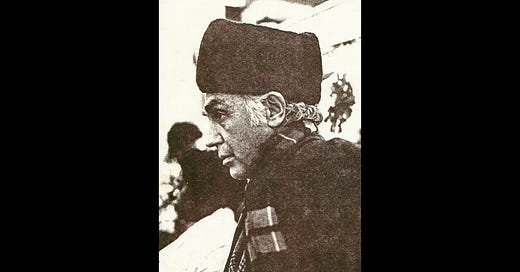



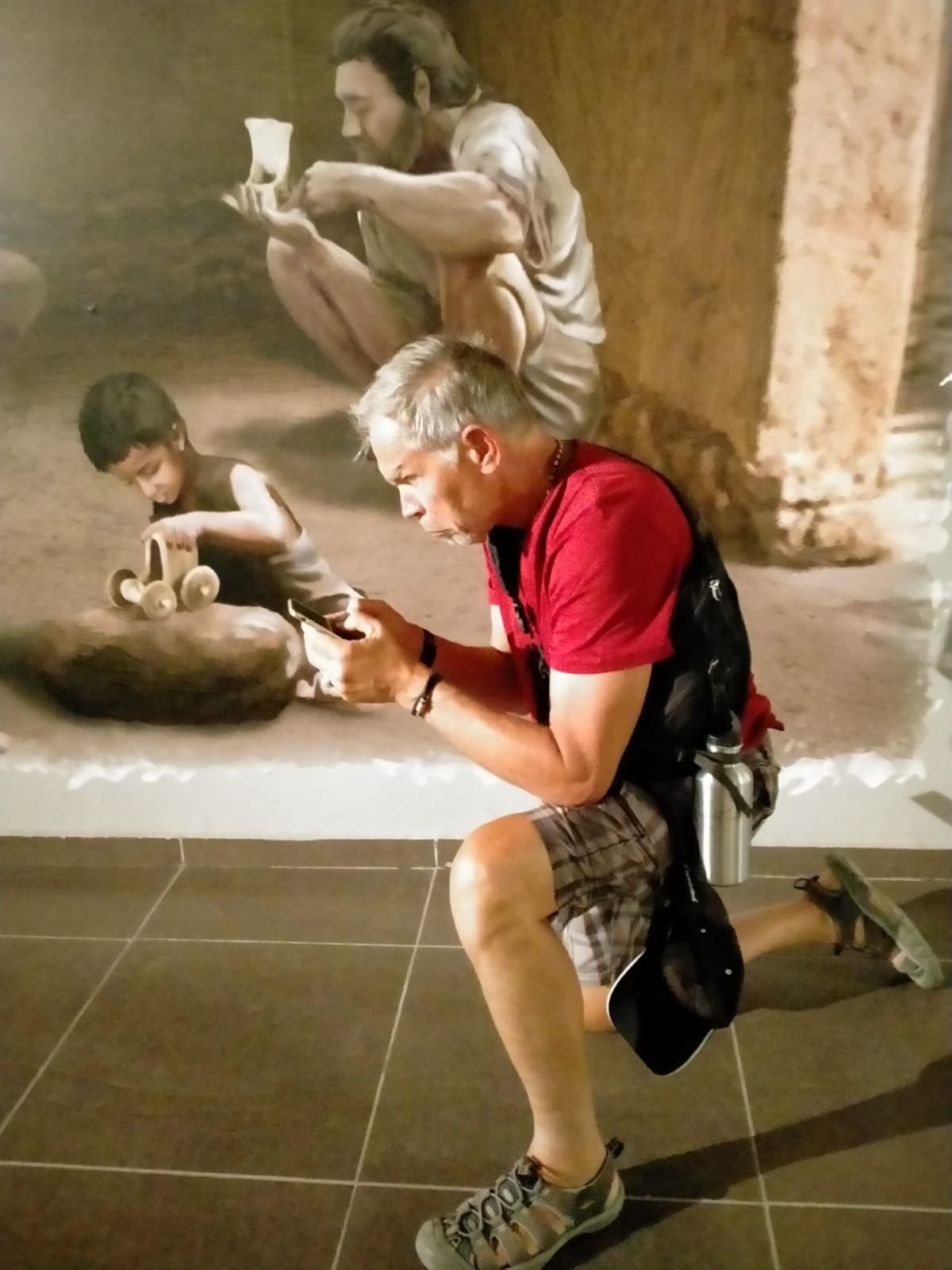
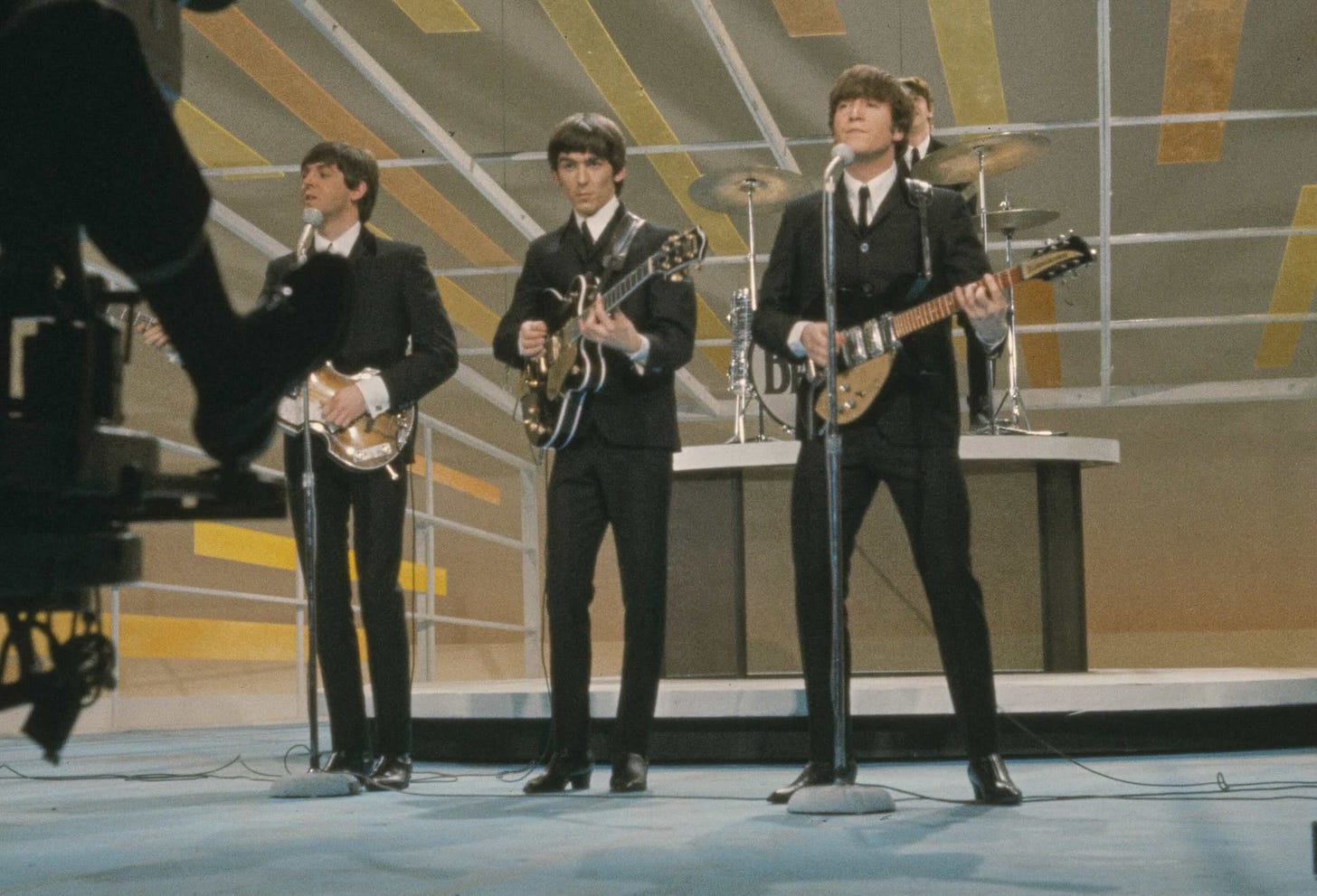

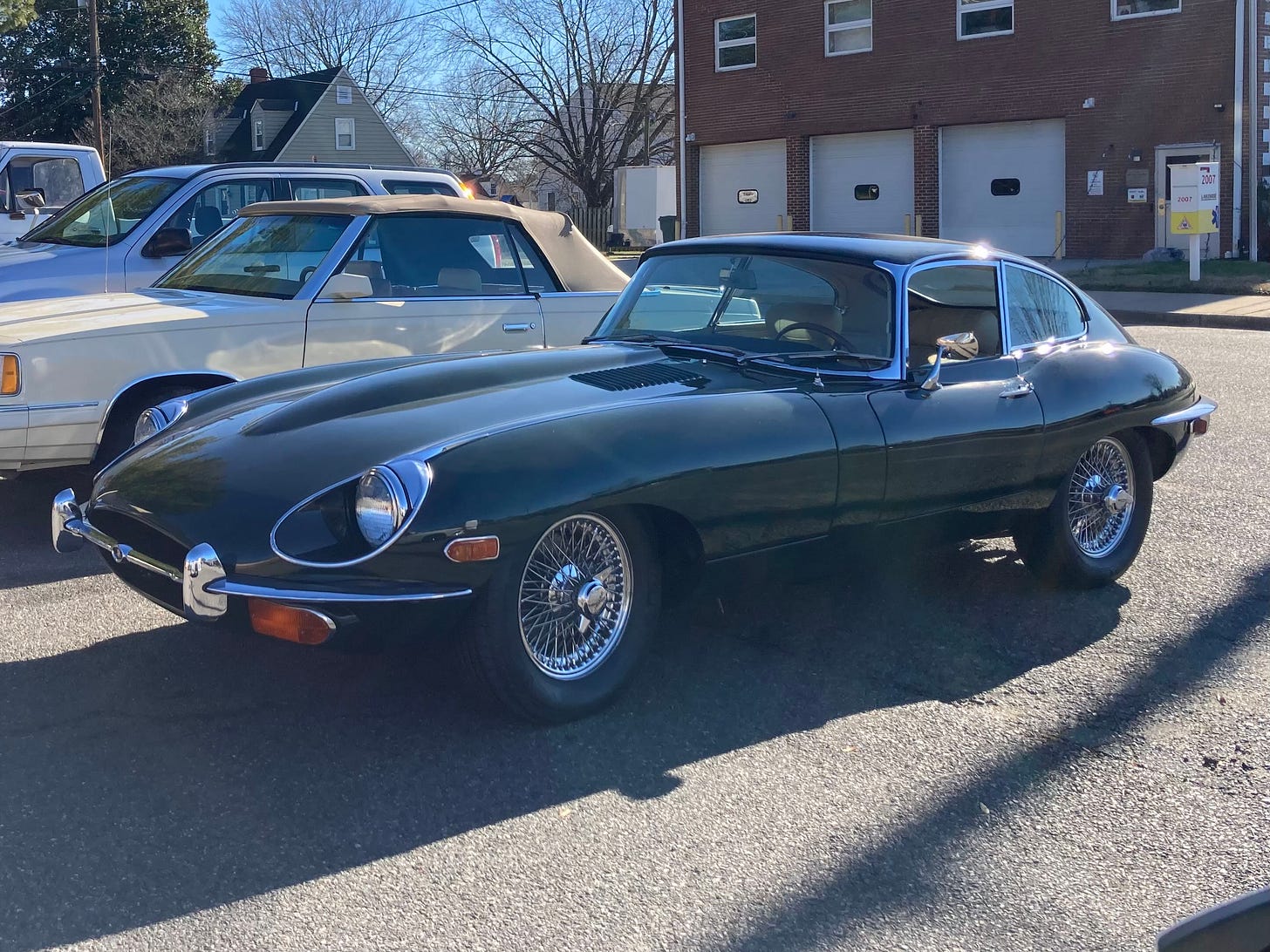
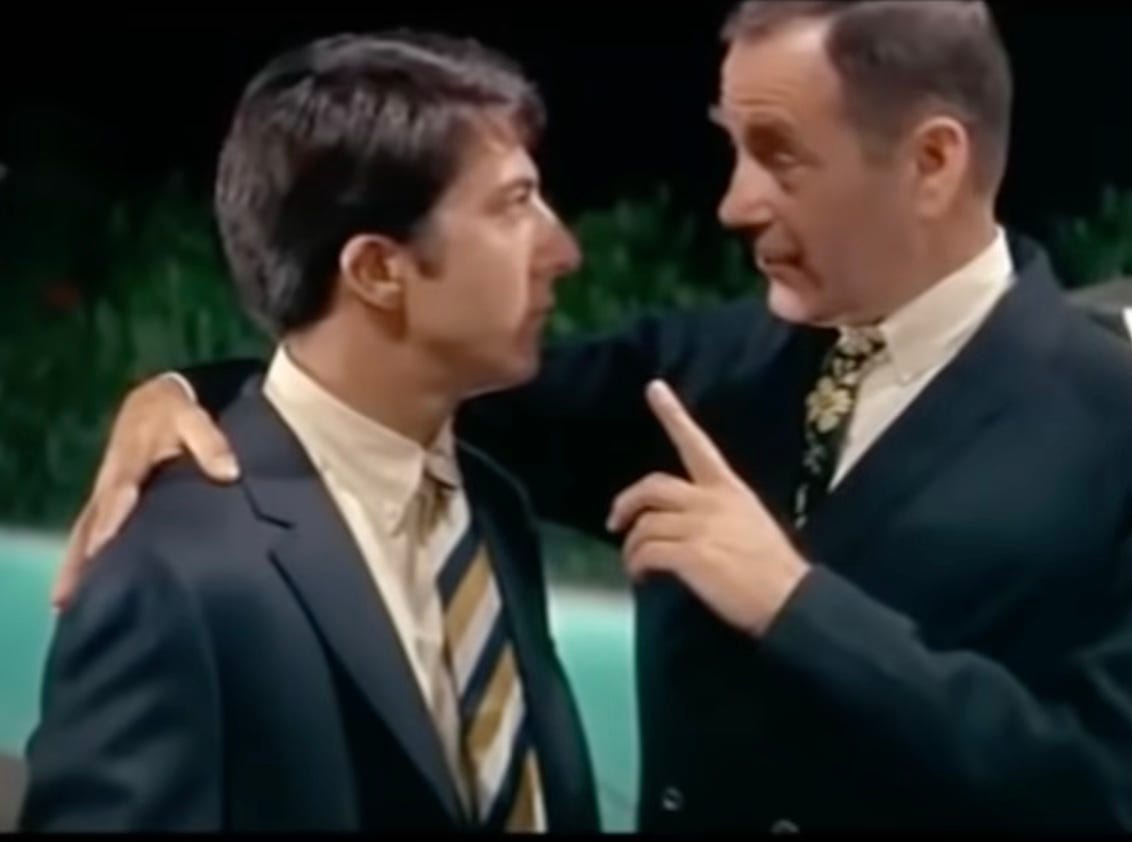
The second extinction was Disco, I get it, but it was fun dancing to it. Being gay at that time was auspicious in my social relationships. It was Joy, entertainment, relaxation and fun! At the time I did not realize it was the second extinction. I guess I was a part of it in some random way. So be it.
Your well described Homo Elvis and Homo Dylan was excellent. A revolutionary shift into our plastic society. Sad commentary about personal greed, and love from the heart creating bipolar sides. I am definitely a Homo Dylan.